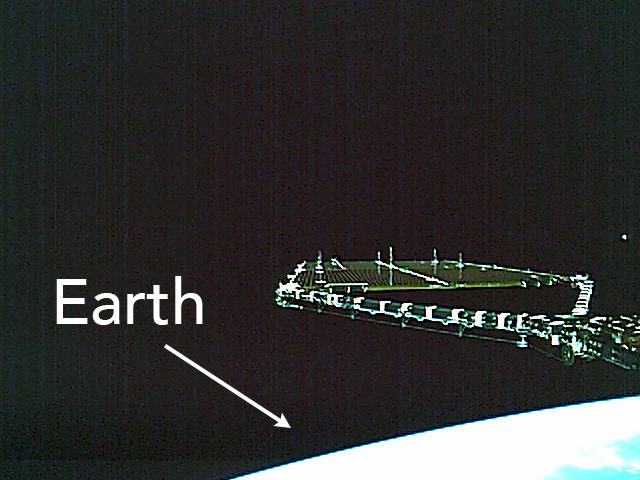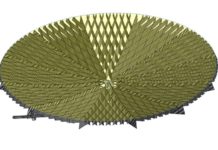On 23 December 2017, at 10:26 a.m. JST (1:26 a.m. UTC), Japan’s space agency JAXA launched two satellites , Global Changing Observation Mission – Climate “SHIKISAI” (GCOM-C) and the Super Low Altitude Test Satellite “TSUBAME” (SLATS). This is the first time Japan has launched more than one satellite at a time, and placed both into different orbits using a single launch vehicle.
The launch was conducted at Japan’s Tanegashima Space Centre using the Mitsubishi Heavy Industries’ H-IIA Launch Vehicle No. 37, Japan’s workhorse rocket. JAXA confirmed the successful separation of Shikisai at 16 min after liftoff, and of Tsubame 1 hr 48 min after liftoff. Both satellites, according to JAXA, have successfully completed their critical operation phases.
Shikisai, the first satellite in Japan’s GCOM-C series, has a launch mass of approximately 2100 kg and a design life of 5 years. The satellite, which will be in a Sun-Synchronous Orbit (SSO), carries the Second-generation Global Imager (SGLI), whose primary mission is to study global aerosol distributions. The satellite will take atmospheric measurements related to the carbon cycle and radiation.
Tsubame, the mission’s secondary payload, is a 50-kg microsatellite developed by the Tokyo Institute of Technology. The microsatellite will function mainly as a technology demonstration, to verify commercial components such as its lithium-ion battery; the satellite is powered by ion thrusters. Tsubame will also test newly-developed gyros for spacecraft maneuverability, and polarized X-ray and gamma-ray radiation sources.
JAXA’s next launch will most likely be of its second Advanced Small-size Radar Satellite (ASNARO-2), using the small launcher Epsilon-3. The launch, postponed from November 2017, is now scheduled for 17 January 2018 from the Uchinoura Space Center. Epsilon-3 has only been used twice, in 2013 and 2016.







